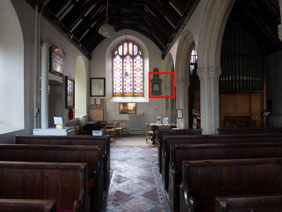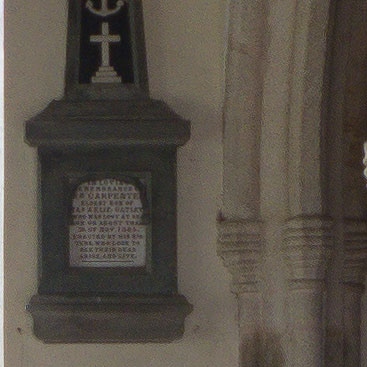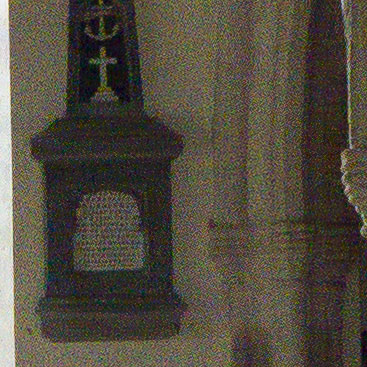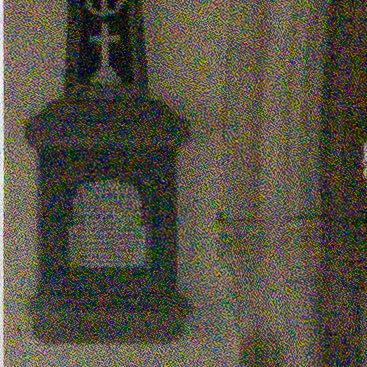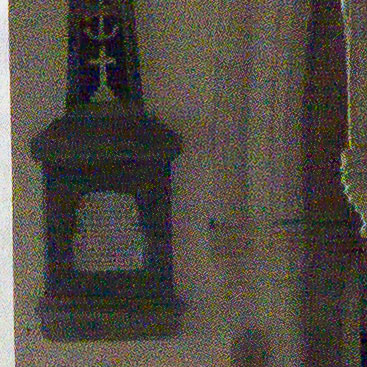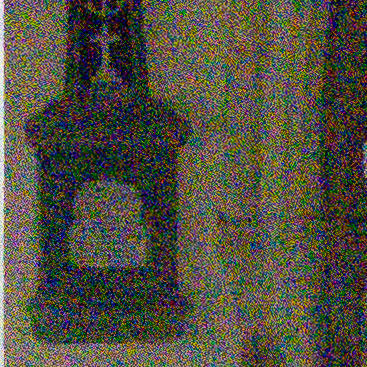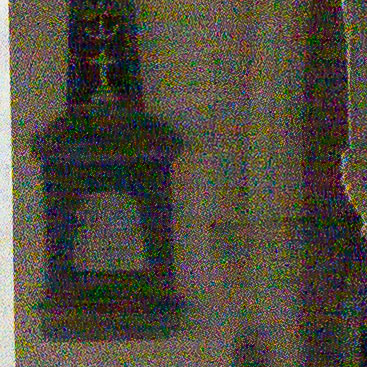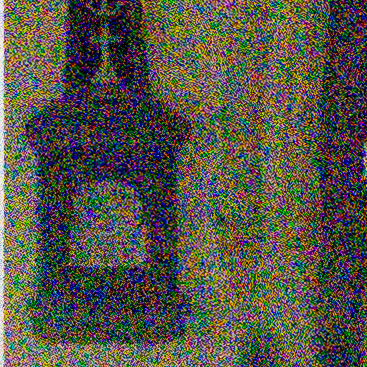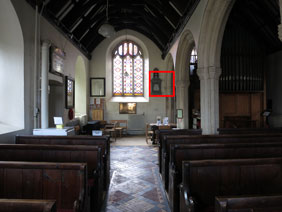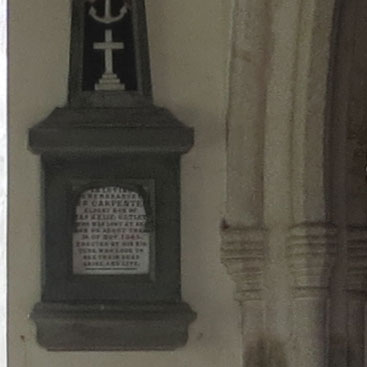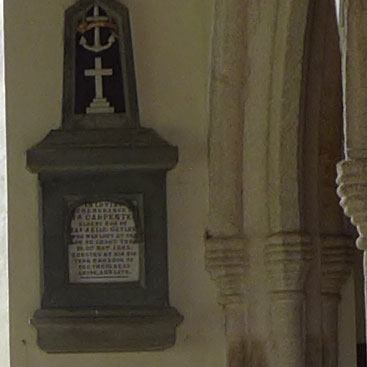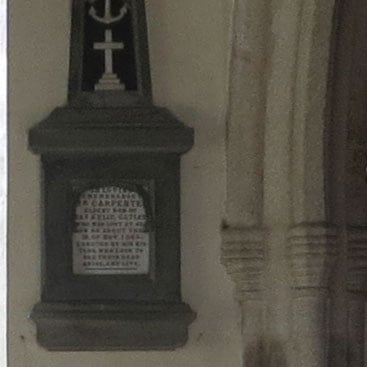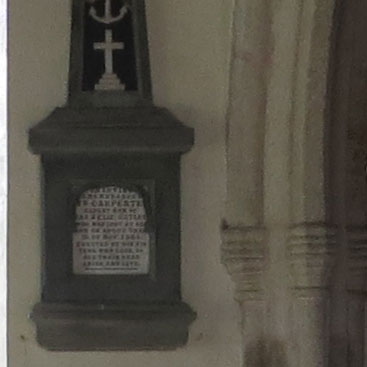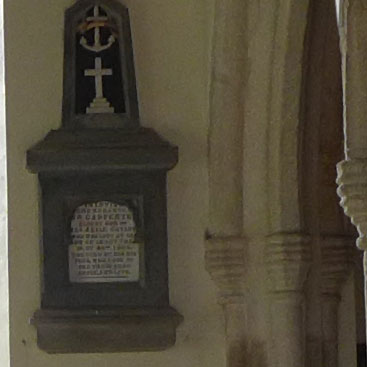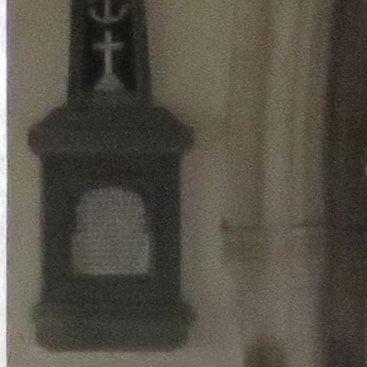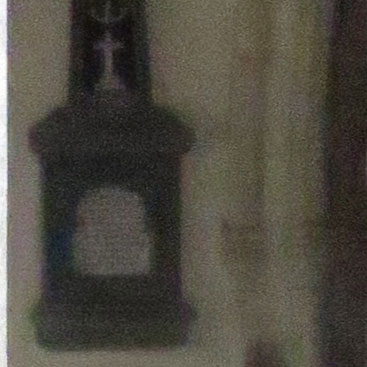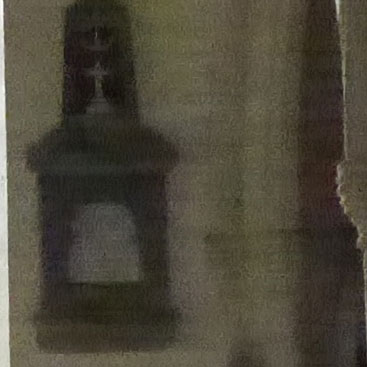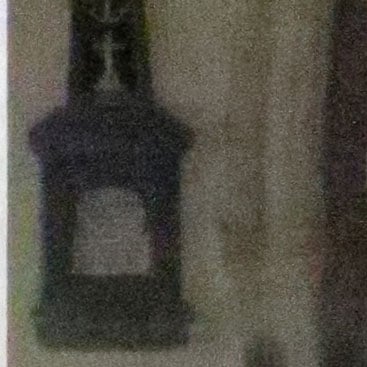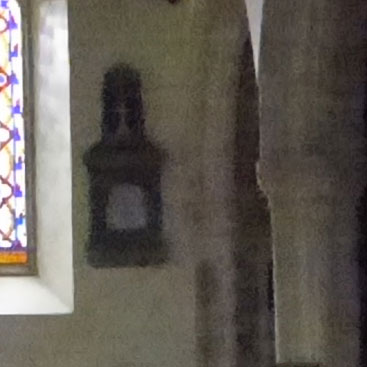Canon PowerShot S110 review
-
-
Written by Ken McMahon
Quality
Canon PowerShot S110 vs Panasonic Lumix LX7 quality
|
Canon PowerShot S110 |
Panasonic Lumix LX7 | |
 |  | |
f4, 80 ISO |
f4, 80 ISO | |
 |  | |
f4, 80 ISO |
f4, 80 ISO | |
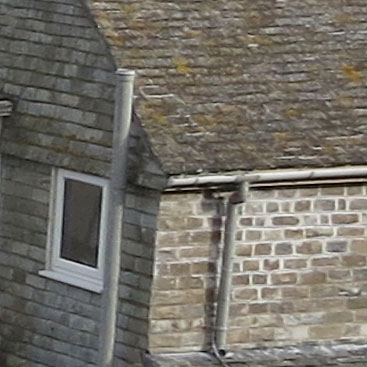 | 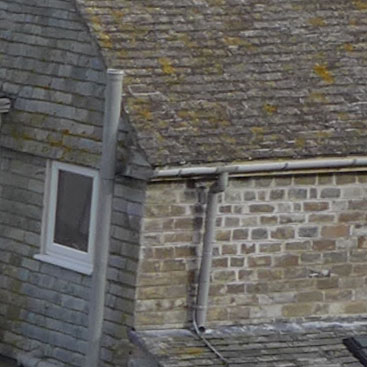 | |
f4, 80 ISO |
f4, 80 ISO | |
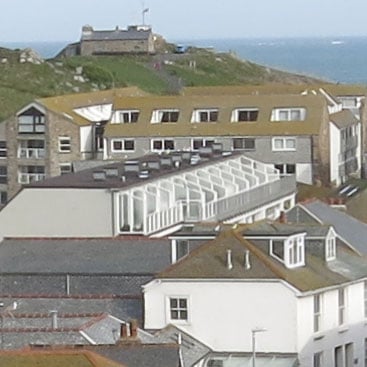 | 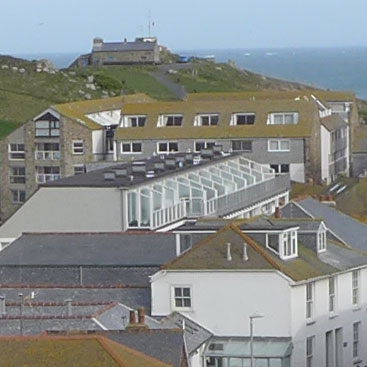 | |
f4, 80 ISO |
f4, 80 ISO |
Canon PowerShot S110 results : Quality / RAW quality / Noise / RAW Noise
Canon PowerShot S110 vs Panasonic Lumix LX7 RAW quality
|
Canon PowerShot S110 RAW |
Panasonic Lumix LX7 RAW | |
 |  | |
f4, 80 ISO |
f4, 80 ISO | |
 | 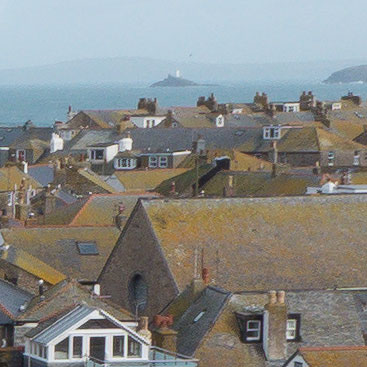 | |
f4, 80 ISO |
f4, 80 ISO | |
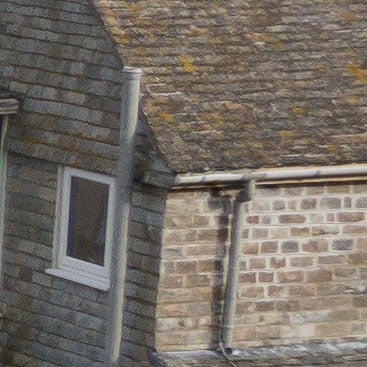 | 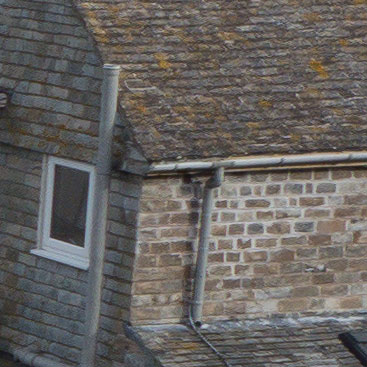 | |
f4, 80 ISO |
f4, 80 ISO | |
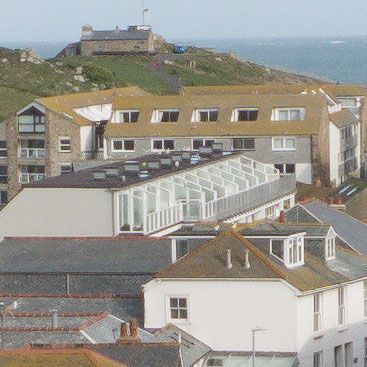 | 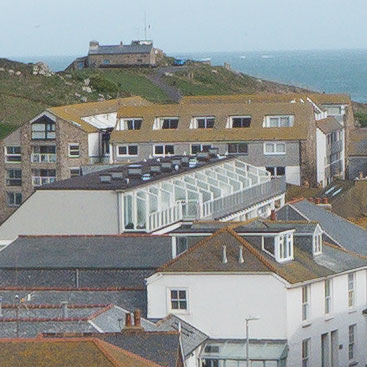 | |
f4, 80 ISO |
f4, 80 ISO |
Canon PowerShot S110 results : Quality / RAW quality / Noise / RAW Noise
Canon PowerShot S110 vs Panasonic Lumix LX7 RAW quality
The image above was taken with the PowerShot S110. The sensitivity was manually set to 80 ISO and the aperture set to f4. To achieve a better exposure more closely matched to the Lumix LX7, I applied 0.67EV exposure compensation on the PowerShot S110, resulting in a shutter speed of 0.8s at f4. The Lumix LX7, also manually set to 80 ISO and f4 in Aperture Priority mode metered 0.6s at f4. I processed both sets of files in Adobe Camera RAW using identical settings: Sharpening at 70 / 0.5 / 36 / 10, Luminance and Colour Noise Reduction both set to zero, and the Process to 2012 with the Adobe Standard profile. To further reduce any distracting visual differences between the crops I also set custom white balance to 4500K and tint to 0. These settings were chosen to reveal the differences in sensor quality and isolate them from in-camera processing. The high degree of sharpening with a small radius enhances the finest details without causing undesirable artefacts, while the zero noise reduction unveils what’s really going on behind the scenes – as such the visible noise levels at higher ISOs will be much greater than you’re used to seeing in many of my comparisons, but again it’s an approach that’s designed to show the actual detail that’s being recorded before you start work on processing and cleaning it up if desired. The first thing to say about these RAW crops from the PowerShot S110 is that even at the base 80 ISO setting there’s some noise present and, as I mentioned on the JPEG results page, it increases perceptibly from 80 to 100 ISO. By 200 ISO the colour component of the noise is also on the increase and compared to the 10 Megapixel Lumix LX7 crops the PowerShot S110 looks a little noisier. From 400 ISO upwards though, if there is any difference in noise levels it’s fairly marginal. You can only marvel at the ability of noise reduction algorithms when you see what the 1600 ISO crop looks like with no noise reduction applied. While the in-camera JPEG processing makes a great job of things at this level and arguably at 3200 ISO, it can’t perform miracles; the 6400 and 12800 settings are revealed for what they are, more noise than image data. I’m left wondering whether in its zeal to supress noise on JPEGs Canon hasn’t been a little too aggressive at the base ISO setting. That’s good news for RAW shooters, as I pointed out on the RAW results page, it means there’s ample scope for squeezing better image quality for 80 and 100 ISO shots. But I’m not sure I’d fancy my chances of doing better with noise suppression and squeezing more detail from these RAW files higher up the ISO sensitivity scale. Now head over to my Canon PowerShot S110 sample images to see some more real-life shots in a variety of conditions, or head straight for my Verdict.
|
Canon PowerShot S110 results : Quality / RAW quality / Noise / RAW Noise |
Canon PowerShot S110 vs Panasonic Lumix LX7 Noise JPEG
The image above was taken with the PowerShot S110. The sensitivity was manually set to 80 ISO and the aperture set to f4. To achieve a better exposure more closely matched to the Lumix LX7, I applied 0.67EV exposure compensation on the PowerShot S110, resulting in a shutter speed of 0.8s at f4. The Lumix LX7, also manually set to 80 ISO and f4 in Aperture Priority mode metered 0.6s at f4. The PowerShot S110 produces a clean noise free crop at its base 80 ISO setting with a good level of image detail. While it’s often difficult to distinguish between 80 and 100 ISO settings on larger sensor models and even some compacts, there is a very slight texture creeping into the flat colour areas on the 100 ISO crop. The step up from 100 to 200 ISO brings with it a more visible increase in noise, but the overall level of detail is still good, albeit accompanied by a slight softening. At 400 ISO the image doesn’t become noisier, there’s no increase in graininess, but the detailed is significantly softer to the extent that it’s becoming difficult to make out the text in the memorial panel. Canon’s noise processing usually strikes a balance between removing noise, but accepting a degree of graininess in order to avoid compromising image detail. With the S110 though, it appears they’ve opted for a slightly more aggressive noise reduction algorithm. Bear in mind that the S110 provides a choice of three High ISO Noise Reduction settings and these results were produced using the default Standard setting. At 1600 ISO the text on the memorial panel is now illegible, but while the finer detail is compromised large detail isn’t and overall image quality at this sensitivity setting is reasonably good. Beyond 1600 ISO though, it’s really just a numbers game and the new 12800 ISO setting is probably two steps beyond the highest sensitivty at which any reasonable level of detail is retained. Even at reduced sizes the 6400 SIO and 12,800 ISO images look very patchy. Compared with the results from the Panasonic Lumix LX7 there really isn’t very much to choose between these two models. With its 10 Megapixel sensor the LX7 crops show a slightly larger area with smaller image detail. At the lower sensitivities as in the outdoor test, the Lumix LX7 crops look a tiny bit sharper and more detailed. From 200 ISO up, however, there really is very little in it. The LX7 crops are slightly grainier, but less soft – the 1600 ISO shows the difference most clearly but, while they are qualitatively different you can’t say one is better than the other. Both the Powerhot S110 and Lumix LX7 provide composite low light modes that combine a fast sequence of images at using auto exposure and ISO sensitivity settings. The Canon HandHeld NightScene and Panasonic HandHeld Night Shot composite modes crops at the bottom of the table aren’t comparable as they’re shot at differenct ISO sensitivities. Interestingly, HandHeld NightScene normally provides a superior result to the single frame result at equivalent ISO, but these crops are so soft to begin with I’m not sure the 1000 ISO HandHeld NightScene crop is any better than the 800 ISO one. One thing these composite crops do highlight is the difference the brighter lens on the LX7 makes. It’s able to select an ISO of 400 for its composite shots where the S110 has to turn the sensitivity up to 1000 ISO. It’s also worth remembering the LX7’s brighter lens will also allow it to exploit lower ISOs than the S110 when both are zoomed-in. To find out how much of a role processing plays in keeping noise at bay in these crops take a look at my Canon PowerShot S110 RAW noise results page to see just how much noise is present behind the scenes. Or head over to my Canon PowerShot S110 sample images to see some more real-life shots in a variety of conditions.
|
Canon PowerShot S110 results : Quality / RAW quality / Noise / RAW Noise |
